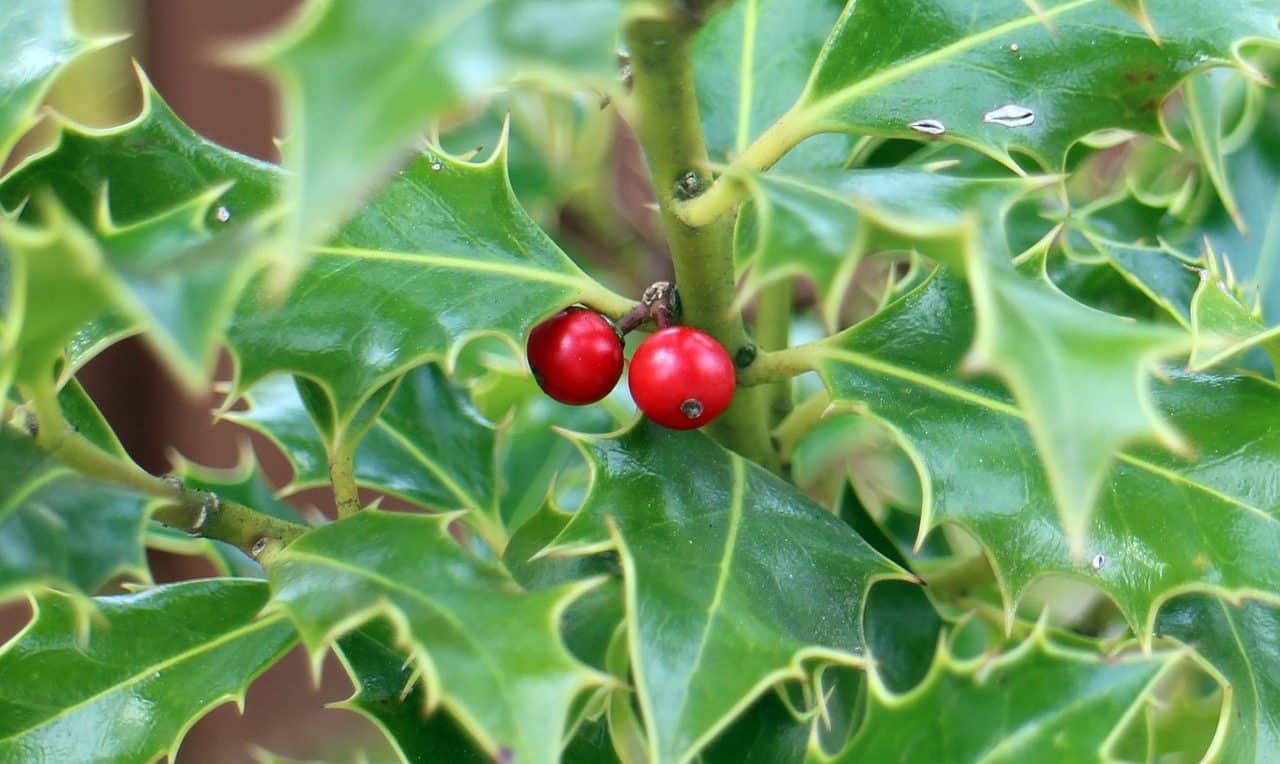
Holly belongs to the Aquifolia family.
A holly is a tree that belongs to the Aquifolia family group and is part of the Aquifoliales order . The etymological root of the term is found in aquifolium , a word from the Latin language.
The holly, whose scientific name is Ilex aquifolium , usually measures about five meters in height, although trees of this species have been recorded with heights of approximately twenty meters. It is a very long-lived tree, capable of exceeding a century of life.
Holly Characteristics
The leaves of the holly, of a dark greenish tone, are oval in shape and are persistent. As a salient characteristic, it can be mentioned that, on the margins, they have spines . The holly tree also has white flowers , the same shade as its wood (which is very hard but, at the same time, is flexible). Its fruits , on the other hand, are reddish.
It is possible to find hollies on the Asian continent and in Europe. These trees develop best in humid environments and cool terrain and are capable of settling at altitudes that reach 2000 meters .

Holly trees bear reddish fruit.
Different species
Some of the best-known species of holly are the following: agrifolio , found in Europe and Asia; Japanese , it usually does not measure more than 4 meters in height and its fruits are shiny black; American , it can measure more than 9 meters in height and its leaves have a yellowish underside; Perni , named after the missionary Pol Perny , who discovered it, has oval red fruits and rhombus leaves; Carolina tea , grows in northern Mexico and the southern United States, and is used as a purgative.
Because this is a very old group of species, it has gone through some of the most significant recent changes on the planet. For example, before the ice ages it was usually found in warm climates , although nowadays they are also found in cold environments.
Holly Uses
One of the most common uses of holly is for ornamentation . During Christmas , it is often used in a similar way to mistletoe to decorate houses. The fruits of holly, on the other hand, have purgative properties for humans , while the leaves are diuretic.
As for holly wood, it is used in the field of cabinetmaking thanks to its durability and the ease with which it can be dyed. An alkaloid similar to quinine is also extracted from the bark.
Beneficial properties for health
As with most plants, holly has many beneficial properties for our health, and that is why many people take advantage of it to treat various disorders. Before continuing, however, it is very important to clarify that its berries have a high level of toxicity , so much so that if ingested in large proportions they can cause death.
Let's see then some of the benefits of holly for our health:
- It has notable diuretic properties, which is why its leaves are used to promote the elimination of excess fluid in the body, characteristic of diseases such as dropsy, gout or rheumatism. To do this, simply add four tablespoons of chopped dry leaves to boiling water, continue cooking for ten minutes, and then drink three cups a day.
- A decoction of three tablespoons of dried root per liter of water is ideal for treating fever. This is generally recommended for cases of flu and bronchitis, among other conditions accompanied by high body temperatures, and the dosage should not exceed two cups per day.
- Its bark is widely used to cleanse the intestines, and for this it is enough to macerate it cold for an average of twelve hours.
- It acts as a tranquilizer in cases of epilepsy and hysterism, for example. To do this, an infusion of bark is prepared and consumed in doses that do not exceed two glasses per day.
